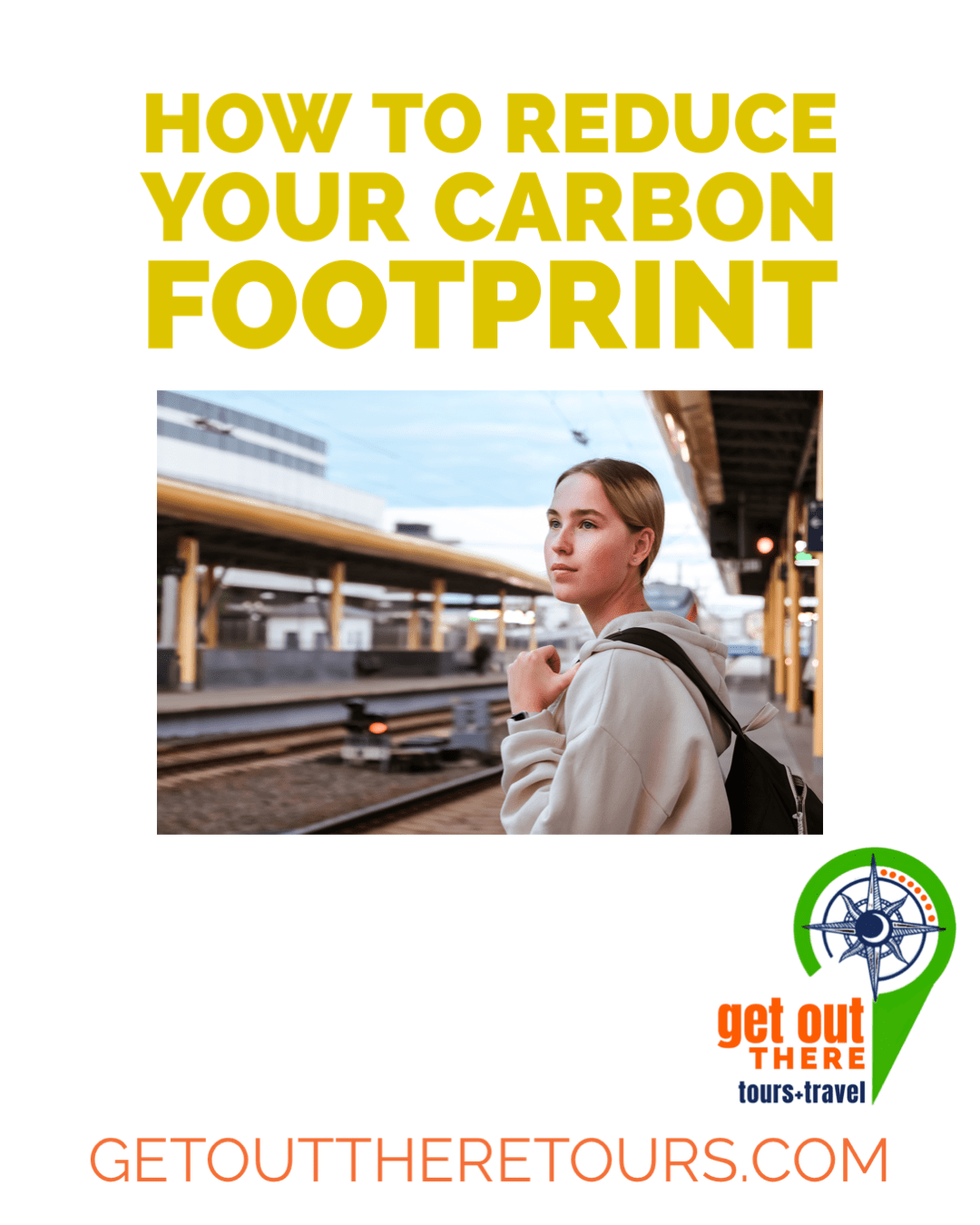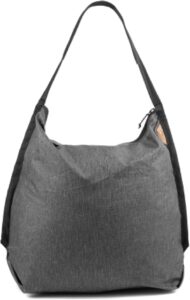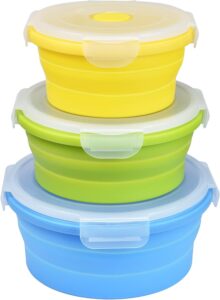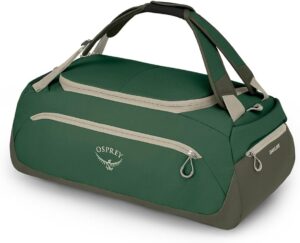
Ways to Reduce Your Carbon Foorprint as a Traveler
One of the truest paradoxes a “traveler” faces is subject of our the Carbon Footprint. The extreme solution to the woes of Climate Change would be, obviously, to not travel by air, but to travelers this is somewhat of an impossible notion. To a true traveler, a part of one’s purpose is in the exploration and discovery — and movement is piece of the process. Modern travelers, however, also need to take into consideration the deterioration of our planet; compassion for our world and “responsible travel” is a huge chunk of the make up of what it means to be a “traveler.” Jack Kerouac once said, “Live, travel, adventure, bless, and don’t be sorry.” Well, nowadays, we need to be sorry. We need to acknowledge our part and carefully monitor our carbon footprint. We need to tread lightly.
What can we do? Consider carbon emissions when booking air travel. First, when booking flights, pay attention to unnecessary stops and routes which have high carbon emissions. You can sort flights from lowest to highest carbon emissions during a search on Google Flights. Next, use an airline that is proactive about reducing carbon emissions. Both KLM and Alaska Airlines are leading the industry globally in efforts to make air travel more sustainable. You can also buy a tree to offset your carbon imprint with programs such as One Tree Planted, however don’t fall into the trap that doing so can justify ignoring your carbon footprint in other areas. As we like to say, “when we know better, we do better” and while we typically are referring to responsible animal tourism practices when we mention this, it applies to responsible and sustainable travel overall.
Use alternative methods of travel. Using a train instead of a domestic flight would reduce your emissions by around 86%. Our founder recently planned a trip involving travel from Medford, Oregon to Seattle, Washington and decided to travel by train instead of flying, and used Google Maps to find a hotel in between the train station and venue instead of accommodation in a more popular location. This might not always work, but it was a short trip with the main objective to attend an event supporting Elephant Nature Park in Chiang Mai, Thailand. If the main purpose of travel was to see the city, then other hotel arrangements would need to be made closer to popular attractions downtown. The take away: pre-plan a trip taking into consideration the softest carbon footprint.
Walk, ride a bike, use metros, or take ferries. Walking is by far the best way to get around while traveling. Many hotels will loan or rent you a bike which is another way to get around. Taxis use way more emissions than a local bus.

Avoiding plastics, reusing bags and bottles, purchasing gently used clothing and gear, and purchasing items made with sustainable materials. By now we all know to “just say no to plastic.” We suggest to all of our travelers that it is essential to bring along a packable tote or two like this one by Peak Design. We like this version because it packs up very small, is made from durable recycled ripstop fabric, and zips closed (makes a great travel purse as well). When shopping in markets across the globe, simply say no to the plastic bag offered and pull out your own reusable tote. More and more, developing countries like Thailand will charge you for a plastic bag in the 7-11s or other chains. It is the local vendors that pride themselves on packaging your purchase in a few layers of plastic, but they are becoming familiar with the bring-your-own-bag system slowly becoming more popular.

Try to avoid single use plastics of all types. Even if you put your plastic water bottle into a recycle bin when finished, it may not be made of recyclable plastic. KNOW YOUR PLASTICS! Plastics made of PVC (polyvinyl chloride) plastic is the most toxic for health and the environment. Straws ,drink stirrers , balloons, and all the plastics used in the fast food industry contribute to the top worst plastics for the environment. You can help curb this problem by avoiding plastic straws at all costs and bringing along your own collapsible take-away containers and cutlery.
You may not know this, but “fast fashion” in the United States is an industry that uses 93 billion metric tons of clean water each year which equates to about half of what Americans drink in the same period of time. Further, this industry in the USA produces 1.2 million metric tons of CO2 each year (more than France, Germany, and the UK combined). Still worse, most of the clothing is made of polyester, a form of plastic and it’s own packaging is made from, you guessed it, plastic. A growing trend amongst the climate conscious is reselling and purchasing “new (to them)” clothing and travel gear on Poshmark and similar resellers. According to an article published on Daybring.com, the shift really took off during the Pandemic and “this mindset change has major implications for the environment. Used clothing items have a reduced carbon footprint of 82 percent when compared to new. They also use 8 times less energy and 65 times less water.”
Stay in environmentally friendly, eco hotels and be conscious of personal usage while a guest. Lately, third party hotel booking sites such as Booking.com will give a property a rating on sustainability and eco friendly practices. After checking in, you can do so many things to help keep your carbon footprint as light as possible: reuse your towel; use the do not disturb sign – it gives the housecleaning staff the day off; use water filling stations; minimize A/C usage; take fewer and shorter showers; and turn off unnecessary lights when in and out of the room.
Eat Local. Another thing you can do is to avoid chains, eat close to the hotel, support local growers, markets, and shops they sell in. There’s really no sense in traveling all the way to India just to go out and eat Western food every night. There’s really no sense in traveling all the way to India just to go out and Western food every night. Aside from the significant carbon emissions used to get your dinner over there, you are canceling out the rationale for all of the energy it took to fly there – to experience new cultures. Think before you eat! Don’t forget your take away container so you limit food waste – a huge contributor to environmental concerns. Also, it is a well known fast that meat and dairy production is one of the largest contributor to global CO2 emissions – according to the UN’s Food and Agricultural Organization, about 14%! Eating plant based diets while traveling can be one of the best ways to reduce your personal travel carbon footprint.
 Pack Light. One bag travel has become the way to travel since airlines re-opened post Pandemic putting into motion an unprecedented chaos resulting in millions of pieces of luggage getting lost. It has already been mentioned to use luggage made of recycled materials and/or reused bags and gear, but also consider the weight of each piece. The heavier the bag, the more the carbon footprint. Aside from airlines becoming more strict with international luggage weight restrictions, luggage products are being made lighter these days. Consider supporting the local economy by letting the family-owned laundry shop down the road from your hotel wash your clothes so you don’t have to bring so many. Or pack some laundry sheets and wash your items in the sink in your room. No one needs to bring the two checked bags that are allotted to international travelers, and some are successfully managing traveling with just one carryon bag. Whether it’s one bag travel or checking a bag, try to make your gear has dual or multi uses. A flashlight with a bottle opener; a pair of sandals you can wear on a hike or on a day tour; a sling bag that you use as a packing cube during your international flight; a power bank that charges your watch, airpods, AND phone; a temple scarf that can be a lap blanket on travel days; and so on – these are all ways to lighten the load and, thus, your carbon footprint.
Pack Light. One bag travel has become the way to travel since airlines re-opened post Pandemic putting into motion an unprecedented chaos resulting in millions of pieces of luggage getting lost. It has already been mentioned to use luggage made of recycled materials and/or reused bags and gear, but also consider the weight of each piece. The heavier the bag, the more the carbon footprint. Aside from airlines becoming more strict with international luggage weight restrictions, luggage products are being made lighter these days. Consider supporting the local economy by letting the family-owned laundry shop down the road from your hotel wash your clothes so you don’t have to bring so many. Or pack some laundry sheets and wash your items in the sink in your room. No one needs to bring the two checked bags that are allotted to international travelers, and some are successfully managing traveling with just one carryon bag. Whether it’s one bag travel or checking a bag, try to make your gear has dual or multi uses. A flashlight with a bottle opener; a pair of sandals you can wear on a hike or on a day tour; a sling bag that you use as a packing cube during your international flight; a power bank that charges your watch, airpods, AND phone; a temple scarf that can be a lap blanket on travel days; and so on – these are all ways to lighten the load and, thus, your carbon footprint.
As you can see, it only takes some pre-planning to make the process of being a truly responsible traveler a simple and effortless process. Reply in the comments below what you do to tread more lightly.